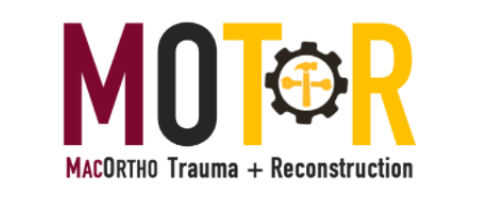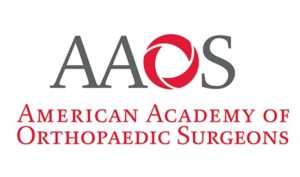Prognostic factors for predicting health-related quality of life after intramedullary nailing of tibial fractures: a randomized controlled trial
Sprague S, Heels-Ansdell D, Bzovsky S, Zdero R, Bhandari M, Swiontkowski M, Tornetta P, Sanders D, Schemitsch E; SPRINT Investigators.

Abstract
Aims: Using tibial shaft fracture participants from a large, multicentre randomized controlled trial, we investigated if patient and surgical factors were associated with health-related quality of life (HRQoL) at one year post-surgery.
Methods: The Study to Prospectively Evaluate Reamed Intramedullary Nails in Patients with Tibial Fractures (SPRINT) trial examined adults with an open or closed tibial shaft fracture who were treated with either reamed or unreamed intramedullary nails. HRQoL was assessed at hospital discharge (for pre-injury level) and at 12 months post-fracture using the Short Musculoskeletal Functional Assessment (SMFA) Dysfunction, SMFA Bother, 36-Item Short Form 36 (SF-36) Physical, and SF-36 Mental Component scores. We used multiple linear regression analysis to determine if baseline and surgical factors, as well as post-intervention procedures within one year of fracture, were associated with these HRQoL outcomes. Significance was set at p < 0.01. We hypothesize that, irrespective of the four measures used, prognosis is guided by both modifiable and non-modifiable factors and that patients do not return to their pre-injury level of function, nor HRQoL.
Results: For patient and surgical factors, only pre-injury quality of life and isolated fracture showed a statistical effect on all four HRQoL outcomes, while high-energy injury mechanism, smoking, and race or ethnicity, demonstrated statistical significance for three of the four HRQoL outcomes. Patients who did not require reoperation in response to infection, the need for bone grafts, and/or the need for implant exchanges had statistically superior HRQoL outcomes than those who did require intervention within one year after initial tibial fracture nailing.
Conclusion: We identified several baseline patient factors, surgical factors, and post-intervention procedures within one year after intramedullary nailing of a tibial shaft fracture that may influence a patient’s HRQoL.Cite this article: Bone Jt Open 2021;2(1):22-32.
Keywords: Health-related quality of life; Intramedullary nailing; Prognostic; Tibial shaft; Trauma.
© 2021 Author(s) et al.
Conflict of interest statement
ICMJE COI statement: S. Sprague and M. Bhandari declare institutional grants from Zimmer, the Orthopaedic Trauma Association, and an OREF clinical trial grant, related to this study. D. Heels-Andsell declares institutional grants from Zimmer, the Orthopaedic Research and Education Foundation, the Orthopaedic Trauma Association, and a Hamilton Health Sciences research grant, related to this study.





